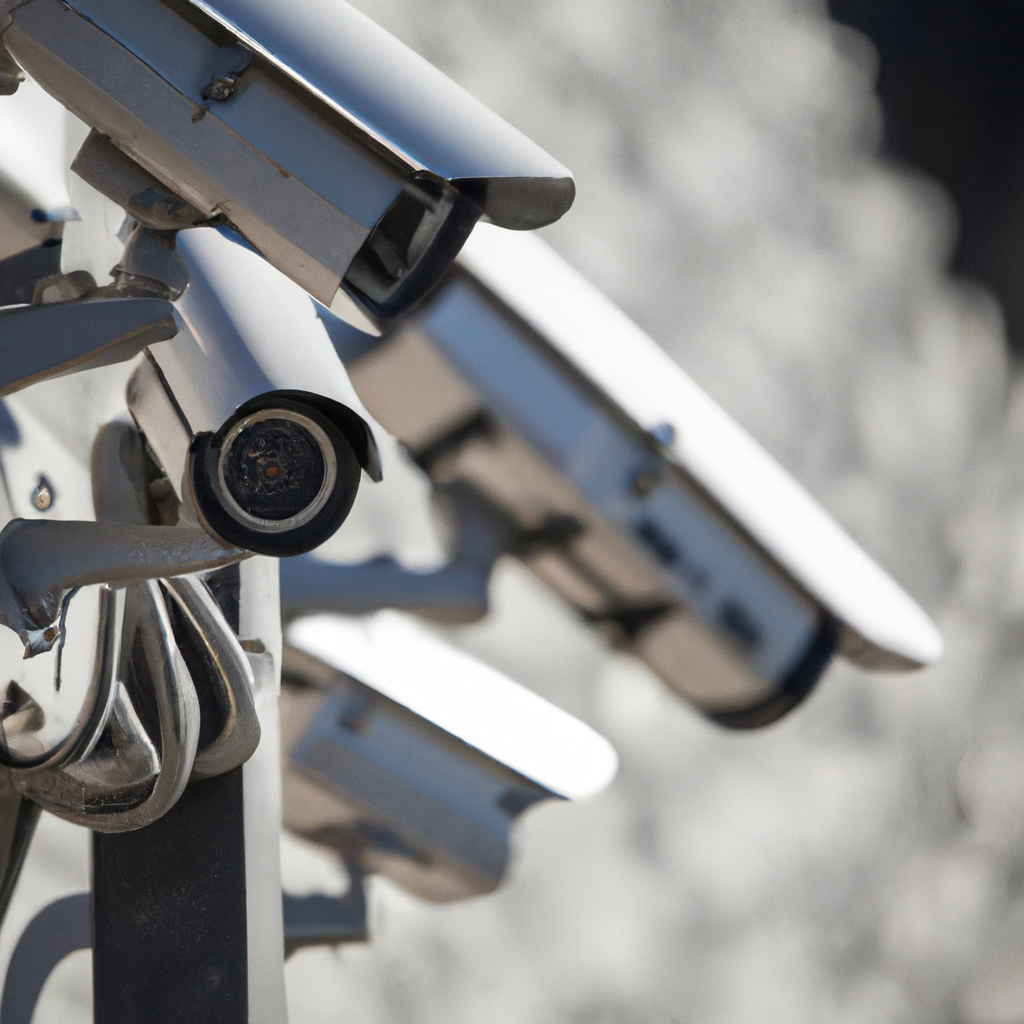Modern security systems have revolutionized how we protect our homes and businesses. The use of security cameras has become a necessity for ensuring safety. Technology advancements have allowed remote access to footage. This article explores the intricacies involved in securely transmitting security footage from external devices to allow property owners to monitor premises from anywhere around the globe while maintaining confidentiality and preventing unauthorized access to the data.
The Power of Remote Surveillance
Remote surveillance is a game changer for both homeowners and business owners. Accessing security footage from external devices allows property owners to keep an eye on their assets even when they’re miles away. It’s important to know the technology behind the transmission of footage.
Securing Live Feeds
The ability to view live feeds of security cameras is one of the most sought-after features in modern security systems. Live feeds are a great way to get real-time information, whether you’re a home owner or a businessman monitoring your property. Securing live feeds, however, is essential.
The Encryption Process
Encryption of security footage is used to ensure that data is kept confidential during transmission. The video data that you see when viewing a live feed from an external device is encrypted with advanced encryption algorithms. The video data is converted into an unreadable format. This makes it impossible for anyone to intercept the content or read the video.
How secure transmissions work
Understanding how secure transmissions work is crucial to ensuring that your security footage is safe. This is how it works:
Secure Connection Establishment
The system establishes an encrypted connection before allowing you to view your footage. This connection is protected by encryption protocols like SSL/TLS. They ensure that data sent between your camera and device cannot be intercepted.
Encryption & Decryption
The firmware of the camera encrypts the video data as it is transmitted. The data is decrypted at the other end (your external device) allowing you view the live feed. The decryption requires a unique encryption key for your device. This ensures that only authorized devices are able to view the footage.
Advanced Security Measures
Modern security systems use advanced security measures in order to protect the integrity of transmitted footage.
Device Authentication
External devices must undergo a rigorous authentication procedure to prevent unauthorized access. It usually involves providing a username and password to ensure that only those with the right credentials can view the live feeds.
Secure Protocols
Video data is transmitted by security systems using secure communication protocols such as HTTPS and Secure Real-Time Transport Protocol (SRTP). These protocols add an extra layer of encryption to the data transmission.
The conclusion of the article is:
With the ability to transmit securely security footage to other devices, businesses and homeowners have enhanced surveillance capabilities. While technology is constantly evolving, maintaining the integrity and confidentiality of transmitted footage will remain a priority. Understanding the encryption and security processes at work allows property owners to have peace of mind knowing that their surveillance data will be protected from prying eye, no matter where they are in the world. Secure remote access will help you safeguard your security assets while maintaining a vigilant watch, wherever you may be.
